Fun with Filters and Frequencies!
by Nir Levin
Overview
In this project, I manipulated images using convolutions and frequencies. An important concept that I used here a
lot is the fact that gaussian convolution acts as a low pass filter. We can also subtract the convoluted image from
the original image to get a result that acts as a high pass filter.
Part 1: Fun with Filters
Finite Difference Operator
In vector calculus, the gradient is the direction of greatest change, which is the vector comprised of partial
derivatives in the X and Y directions. The magnitude of this vector is largest when there's a large change in pixel
values, so it's a good way of finding edges.
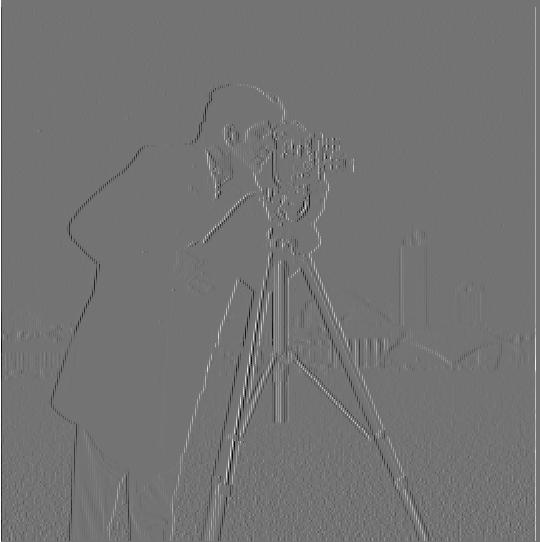 Partial Derivative in X
Partial Derivative in X
|
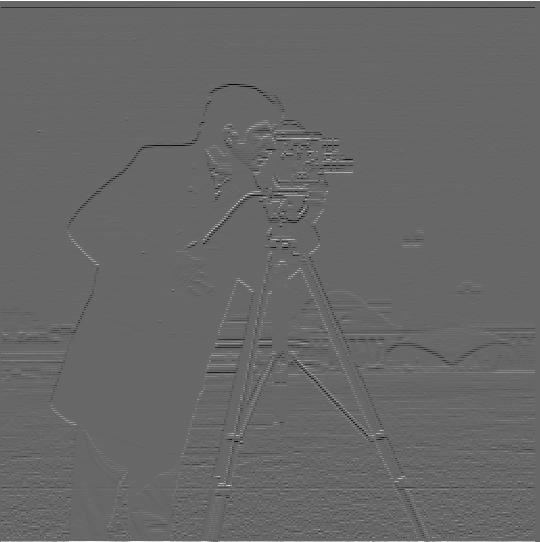 Partial Derivative in Y
Partial Derivative in Y
|
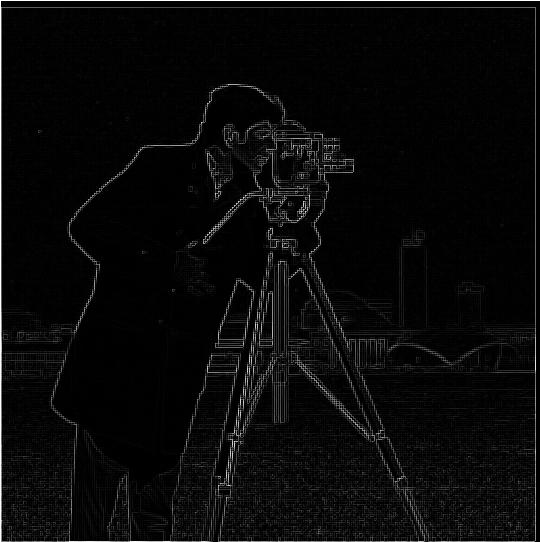 Gradient Magnitude
Gradient Magnitude
|
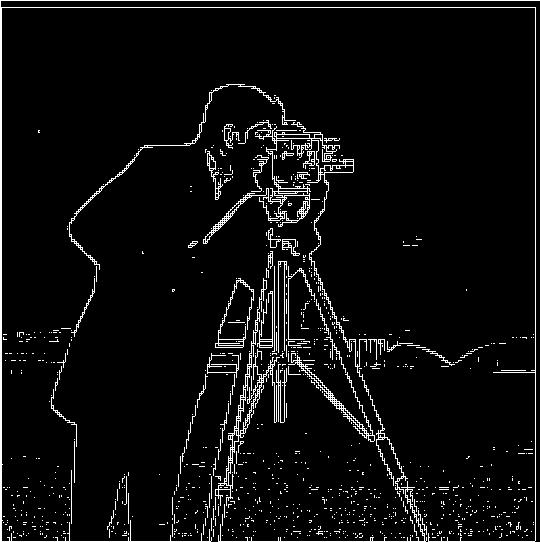 Edge Binarization (Threshold = 0.1)
Edge Binarization (Threshold = 0.1)
|
Derivative of Gaussian (DoG) Filter
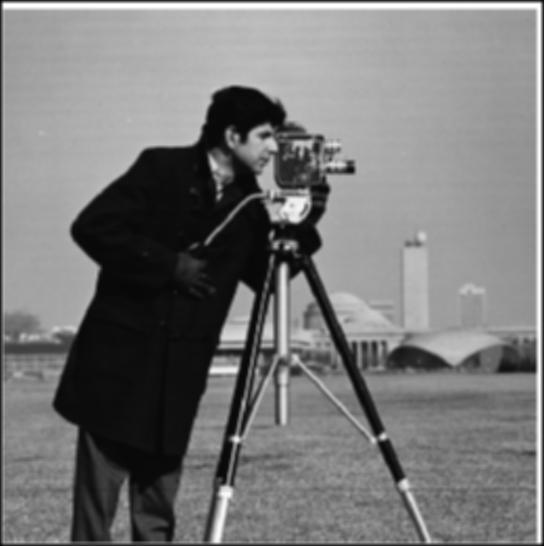 Convoluted with 5x5 gaussian w/ sigma = 2
Convoluted with 5x5 gaussian w/ sigma = 2
|
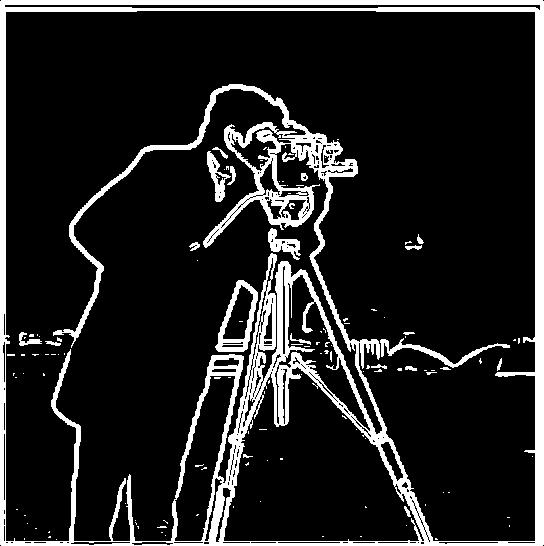 Edge Binarization (Threshold = 0.1)
Edge Binarization (Threshold = 0.1)
|
The main difference between this edge image and the previous one is that this one is smoother and less jagged. The
previous image seems like it's made of a combination of vertical and horizontal lines.
 Gaussian X Partial Derivative
Gaussian X Partial Derivative
|
 Gaussian Y Partial Derivative
Gaussian Y Partial Derivative
|
 Edge Binarization Result (Threshold = 0.1) is similar to the previous
method.
Edge Binarization Result (Threshold = 0.1) is similar to the previous
method.
|
Part 2: Fun with Frequencies!
Part 2.1: Image "Sharpening"
It's possible to combine all the below operations into one gaussian which we can convolve with the original image
to get the sharpened image. This gaussian is equal to ((1 + alpha) * unitImpulse - alpha * gauss),
where alpha is the multiple of details we're adding and gauss is a simple unaltered gaussian.
 Original
Original
|
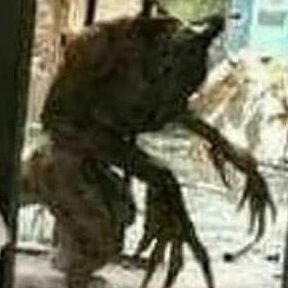 Image
Image
|
 Minus itself convolved
Minus itself convolved
|
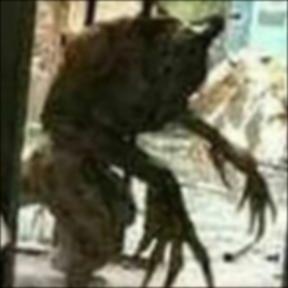 with a 5x5 gaussian
with a 5x5 gaussian
|
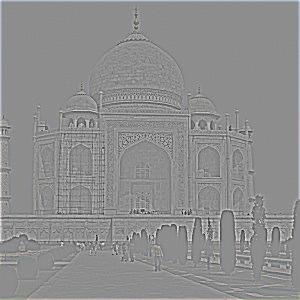 Equals just
Equals just
|
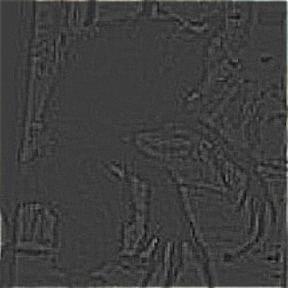 the details.
the details.
|
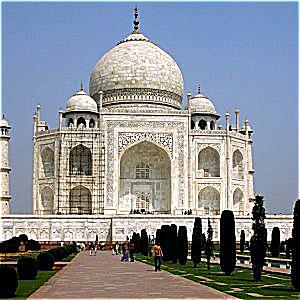 Adding a multiple (alpha = 2) of the details
Adding a multiple (alpha = 2) of the details
|
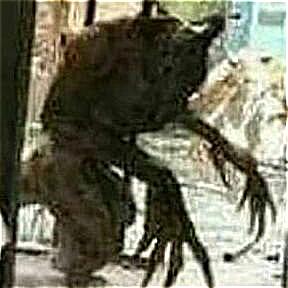 to the original image results in a "sharpened" image.
to the original image results in a "sharpened" image.
|
Below I attempt to blur an already sharp image, then resharpen it using the technique above. It's not perfect but
the result is about halfway between the original and the blurred image.
 Original image
Original image
|
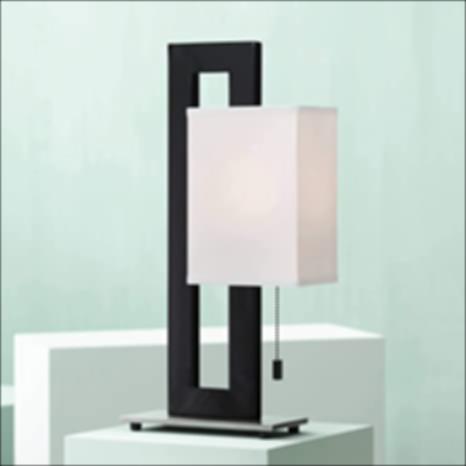 is blurred.
is blurred.
|
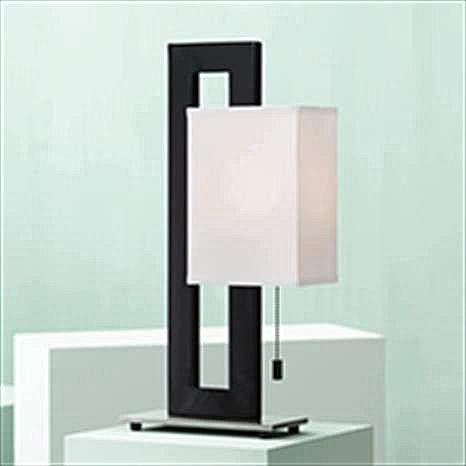 And sort of brought back by adding the high pass details.
And sort of brought back by adding the high pass details.
|
Hybrid Images
Here I wanted to create an image that looks like one thing when viewed up close and another when viewed from afar.
In order to do this, I took advantage of our brain's innate ability to focus on the fine, and not broad, details up
close but focus on the broad, and not fine, details from far away. This is accomplished by passing one image
through a low-pass filter and the other one through a high-pass filter, and then averaging them.
 Image 1: Joe Biden
Image 1: Joe Biden
|
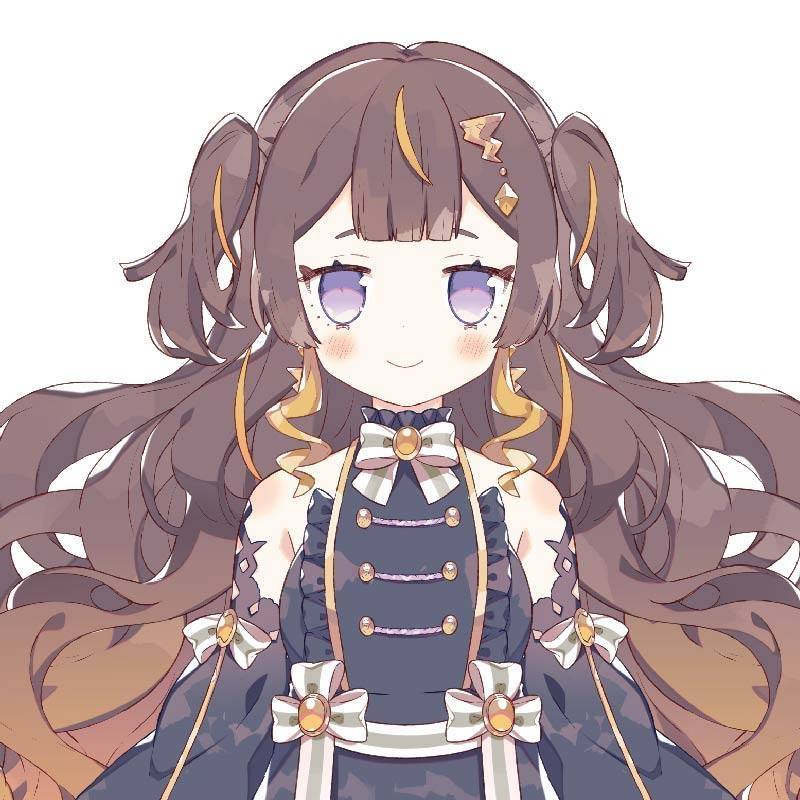 Image 2: Anya Melfissa
Image 2: Anya Melfissa
|
 Joe convolved with gaussian
Joe convolved with gaussian
|
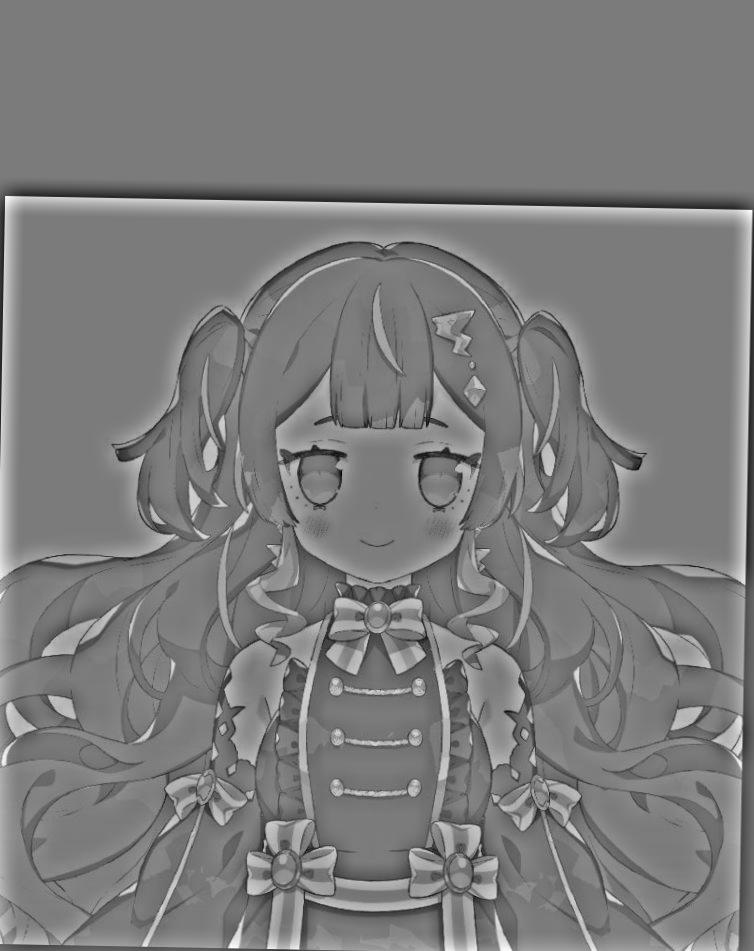 Anya convolved with gaussian and subtracted from original image
Anya convolved with gaussian and subtracted from original image
|
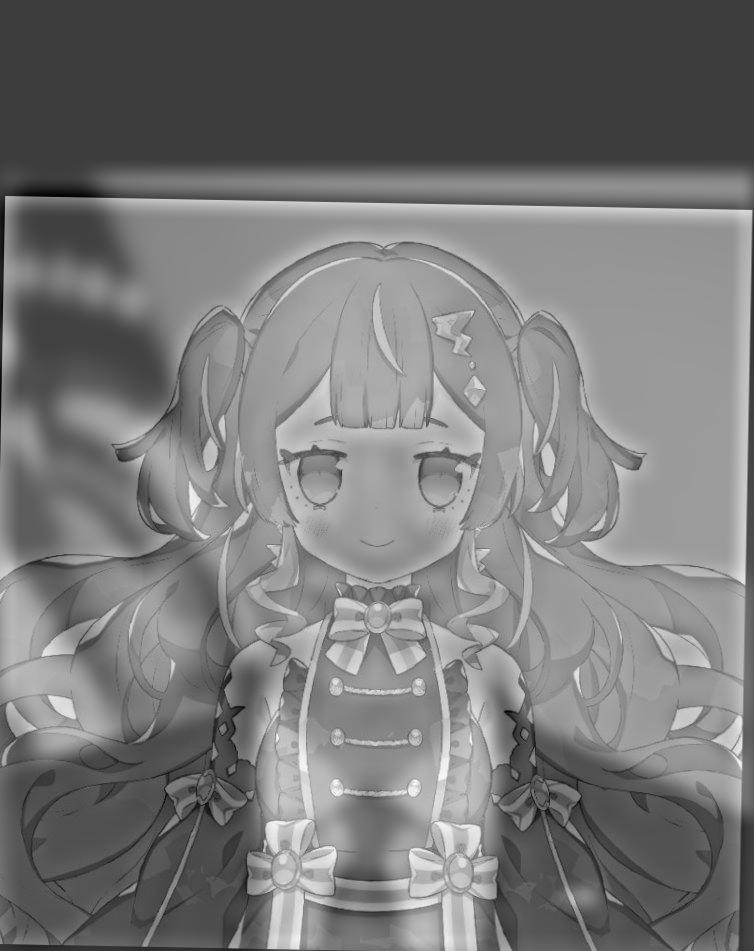 Result
Result
|
Fourier Analysis of Above Process
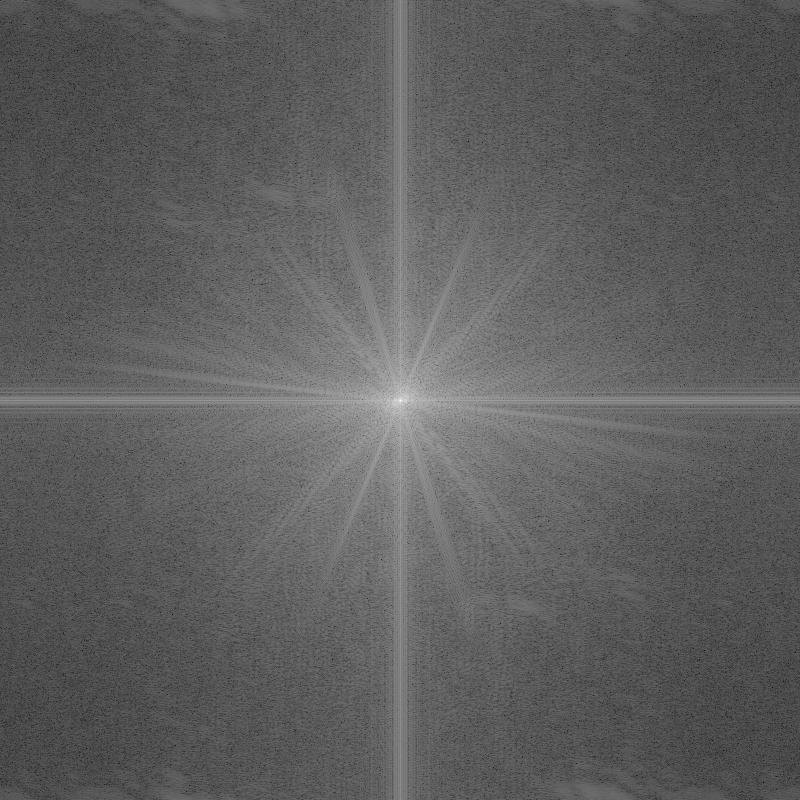 Image 1: Joe Biden log of Fourier Transform
Image 1: Joe Biden log of Fourier Transform
|
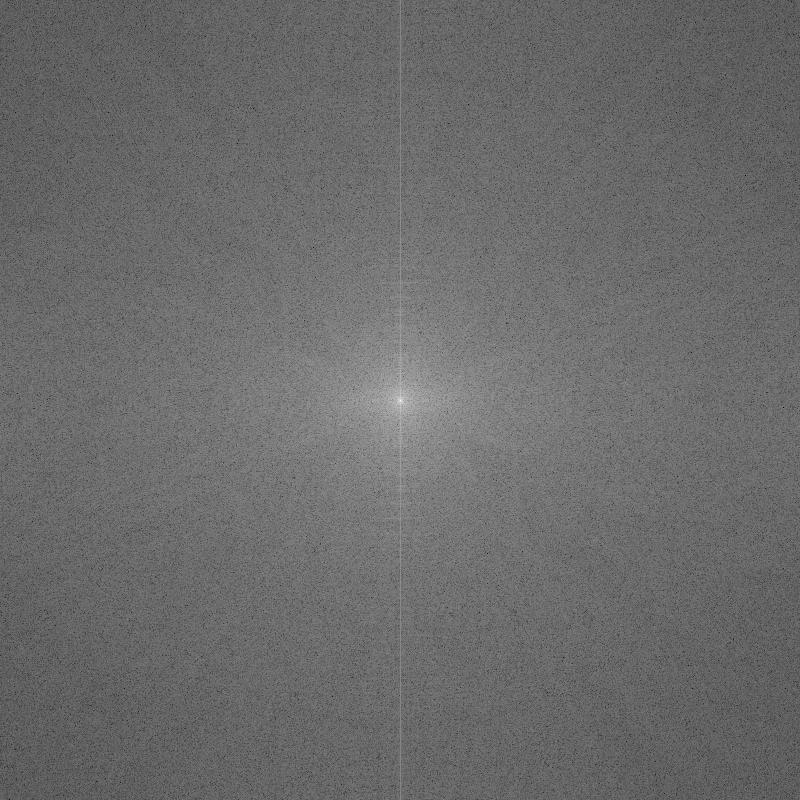 Image 2: Anya Melfissa log of Fourier Transform
Image 2: Anya Melfissa log of Fourier Transform
|
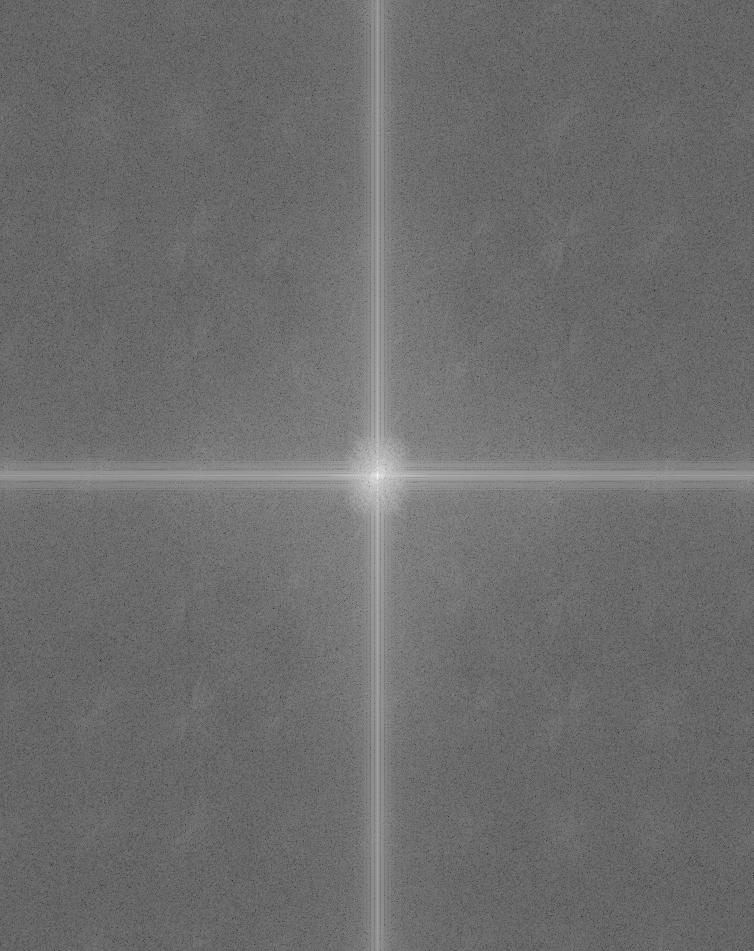 Joe low-pass log of Fourier Transform
Joe low-pass log of Fourier Transform
|
 Anya high-pass log of Fourier Transform
Anya high-pass log of Fourier Transform
|
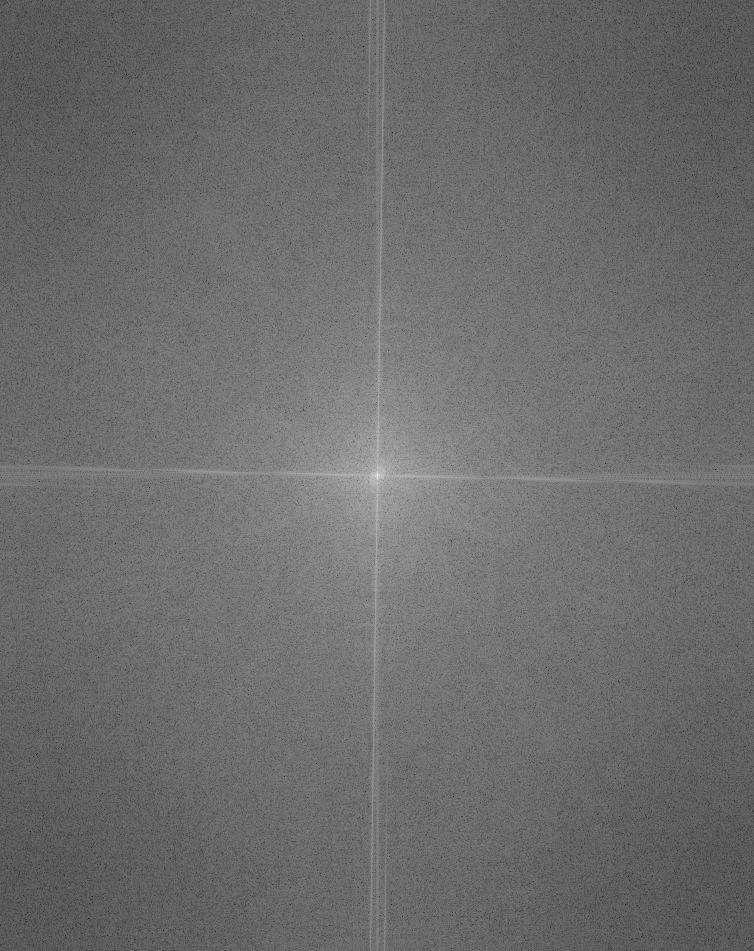 Result log of Fourier Transform
Result log of Fourier Transform
|
Other Hybrid Images
 Image 1: Miki Lustig young
Image 1: Miki Lustig young
|
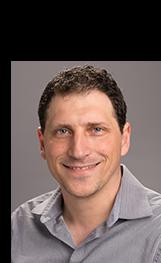 Image 2: Miki Lustig present-day
Image 2: Miki Lustig present-day
|
 Result
Result
|
Gaussian and Laplacian Stacks for Multiresolution Blending
I made the Gaussian stack of the Oraple by first convolving the apple and orange images with five separate
times, each with a gaussian of different standard deviation. The sigma value is doubled for each level of the stack.
I used sigma levels of 2, 4, 8, 16, and 32. Each level of the Laplacian stack below is the difference between two
consecutive levels of the Gaussian stack.
In order to combine half of the apple and the other half of the orange, I used a step function mask. I created a
Gaussian stack of this mask as well so that there's a more gradual rise from the dark left side to the bright right
side of the mask. I then did element-wise multiplication of the mask and the orange for each level of the stack. I
did the same for the apple and (1 - mask) in order to capture opposite sides of each fruit. For each level, I then
added the masked apple and orange to get the rightmost column.
With the mask convolutions, I found it more effective to start with a mask that's too large, and then do a "valid"
(as opposed to "same") style convolution with a large gaussian in order to get the most gentle gradient. When I used
the "same" style convolution for the mask, there were very noticeable boundary artifacts.
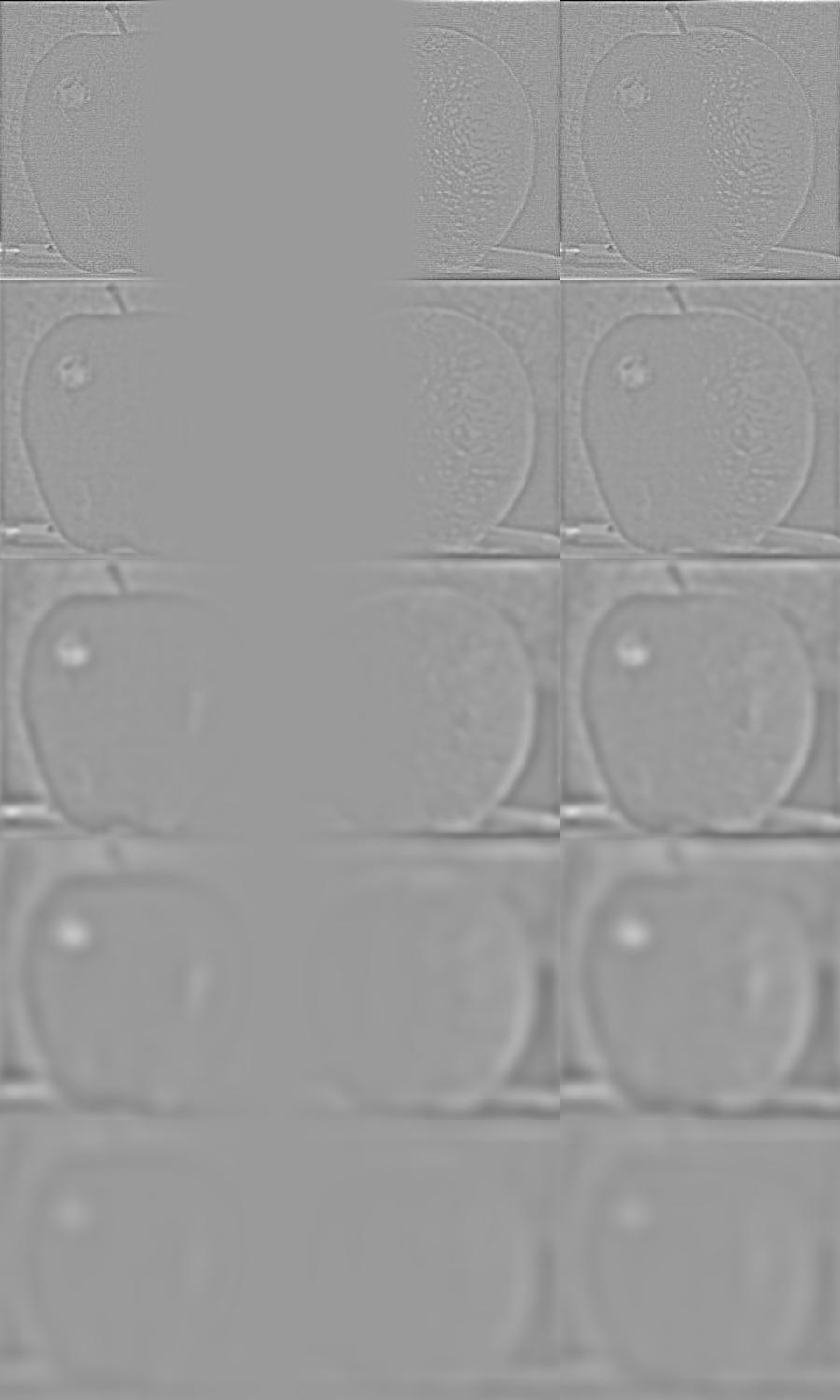
These results below are calculated by adding up all the images in the laplacian stack.
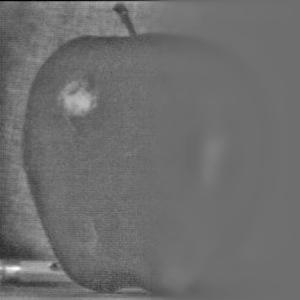 Image 1: Apple
Image 1: Apple
|
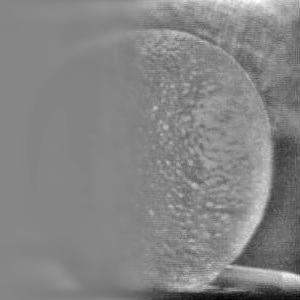 Image 2: Orange
Image 2: Orange
|
 Result: Oraple
Result: Oraple
|
More multiresolution bending
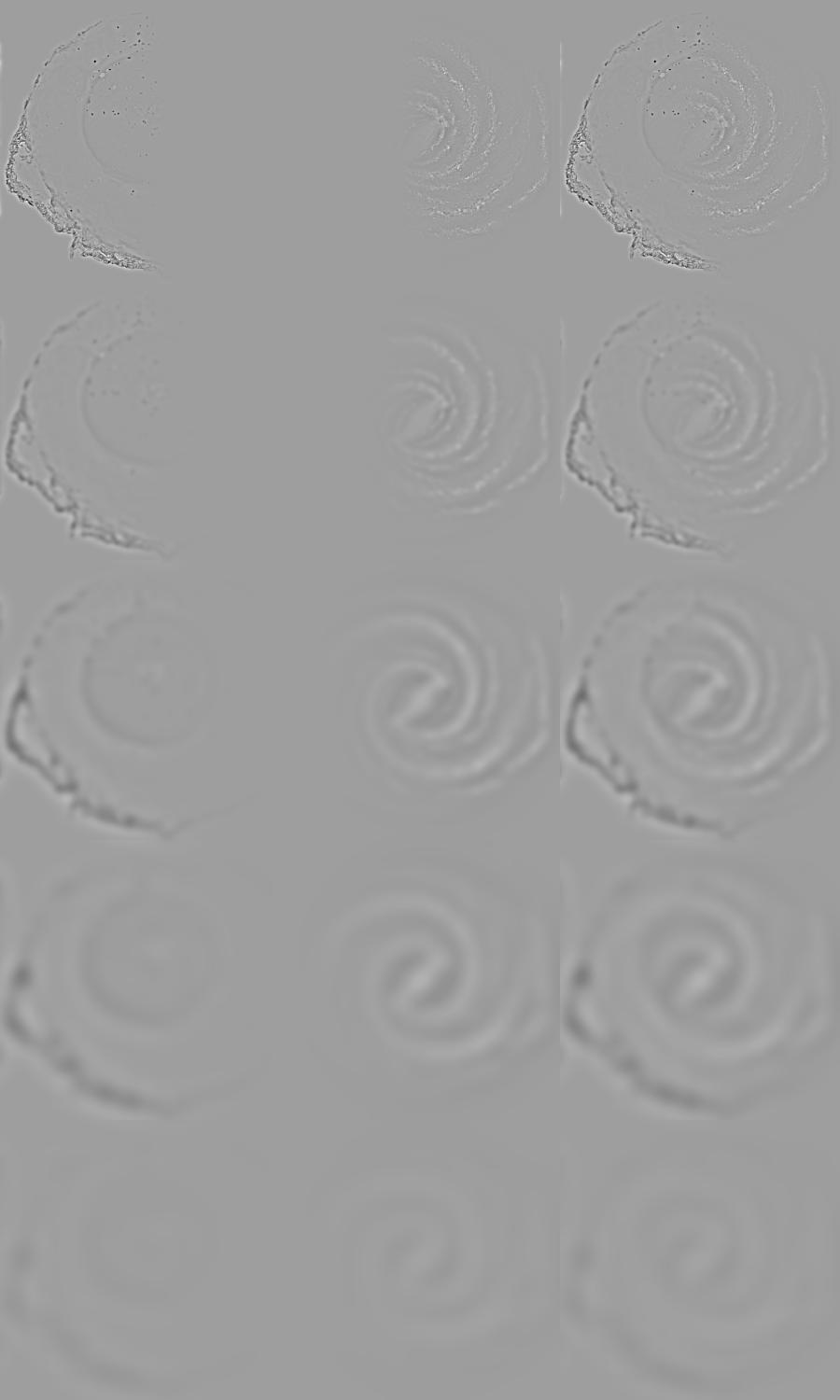
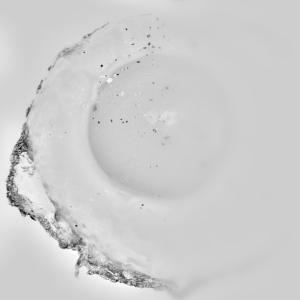 Image 1: Egg
Image 1: Egg
|
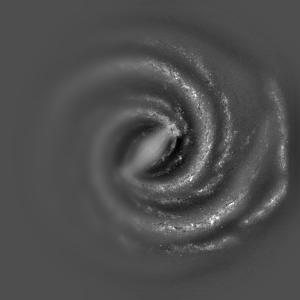 Image 2: Galaxy
Image 2: Galaxy
|
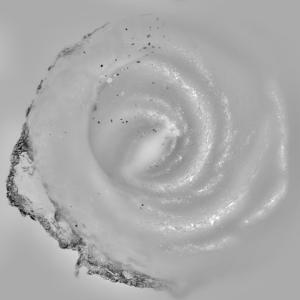 Result: Eggalaxy
Result: Eggalaxy
|
The most interesting thing I learned in this assignment is how a Gaussian blur is just convolving the image with a
matrix based off of a gaussian curve. I've used cv2.gaussianBlur a lot before but it's always been a black box for
me.












































